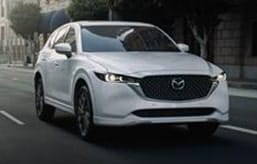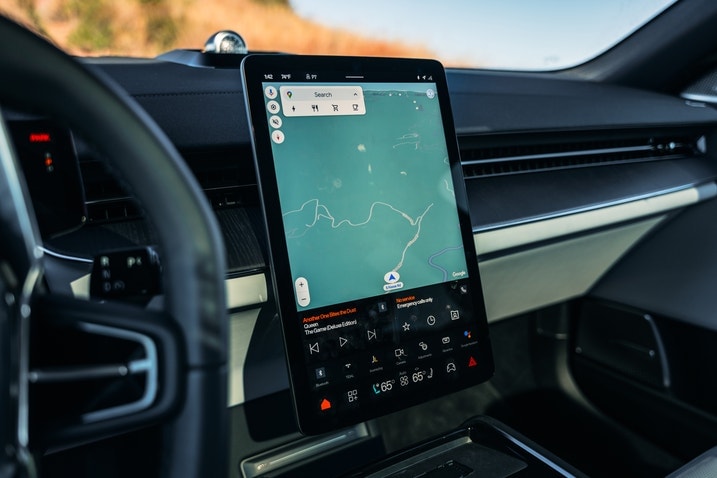- We put the new Polestar 3 under the microscope at our test track and on the Edmunds EV Range Test.
- Its performance numbers aren't going to boggle anyone's mind, but that's not as important as you'd think.
- On our range test, the Polestar 3 beat its EPA estimate by 24 miles.
2025 Polestar 3 Tested: 303 Miles of Range and Plenty of Fun to Drive
The new Polestar 3 is greater than the sum of its specs
Before it became its own EV automaker, Polestar was Volvo's performance arm. And now that it's grown into its own company, every one of Polestar's models has to have some performance DNA. The 2025 Polestar 3 is a good example of how that doesn't have to manifest itself in pure numbers, as we recently learned at our test track and on the Edmunds EV Range Test.
We tested a dual-motor Polestar 3 with the Performance Pack, just like the car we first drove earlier this year. Two electric motors — one front and one at the back — combine for a total of 517 horsepower and 671 lb-ft of torque. There's also a rear-mounted limited-slip differential to help you gain traction out of corners and a standard height-adjustable air suspension that can hunker the car down and lower its center of gravity, improving handling.
When we first drove the PS3, we were impressed with its overall performance package, not just its outright grunt. Now that we've finally been able to strap on our testing gear, the numbers bear that out. The dual-motor Polestar 3 logged a 0-60 mph time of 4.4 seconds and ran the quarter mile in 12.8 seconds at 107.7 mph. The BMW iX xDrive50, one of the Polestar's main rivals, was just a touch quicker: It did the 60-mph sprint in 4.2 seconds and hit the quarter-mile mark in 12.4 seconds at 113.2 mph.
"Though not particularly fast by EV standards, the Polestar 3 is still satisfyingly quick," noted hot-shoe senior test editor Kurt Niebuhr. "Even with full throttle from a dead stop, the 3 masks its speed with a somewhat soft launch before rapidly building speed. This is the kind of thing I appreciate from an EV, especially a more luxurious one. The power never upsets the luxury. A cheesy electrified soundtrack is absent … and before you know it, you're clear of 100 mph."
When we hit our 200-foot lateral skidpad, the numbers move further in the Polestar's favor. The 3 pulled 0.96 g, while the BMW iX could only manage 0.89. That difference is bigger than it seems — both cars achieved their figures on summer-rated, performance-oriented tires. That means the 3 is able to dig its way into the surface thanks to its clever suspension and good engineering, not exclusively thanks to sticky rubber. For a little more perspective, the Polestar hung on nearly as well as the most recent Chevy Corvette Stingray (0.97 g) and very close to the Hyundai Ioniq 5 N (1.0 g).
When it came time to run the Polestar 3 on the Edmunds EV Range Test, this electric SUV again impressed us. The EPA rates this dual-motor version at 279 miles, but our test vehicle went 303 miles. Similarly, our average energy consumption of 38.8 kWh per 100 miles was lower than the EPA's estimated 44 kWh per 100 miles.
The Polestar 3 isn't a one-trick pony; it isn't about outright speed. It's one of a small number of EV SUVs that actually rewards you the harder you drive it. It grips like a bona fide sports car and it is more than quick enough for everyday situations. If you want a track-ready EV SUV, something like the Hyundai Ioniq 5 N will happily oblige. But if you want something enjoyable, fun to drive every day, and plenty luxurious, the Polestar 3 does all that and then some.
[Update 15/5/2024: This story has been updated with the Polestar 3's Performance Pack horsepower and torque figures, and to reflect the Polestar 3 we tested was using summer tires, not all seasons as previously stated.]
Photos by Ryan Greger and Keith Buglewicz






 by
by  edited by
edited by